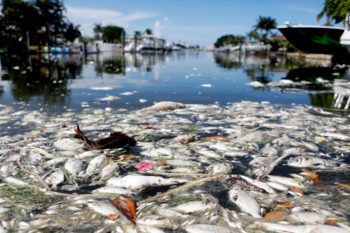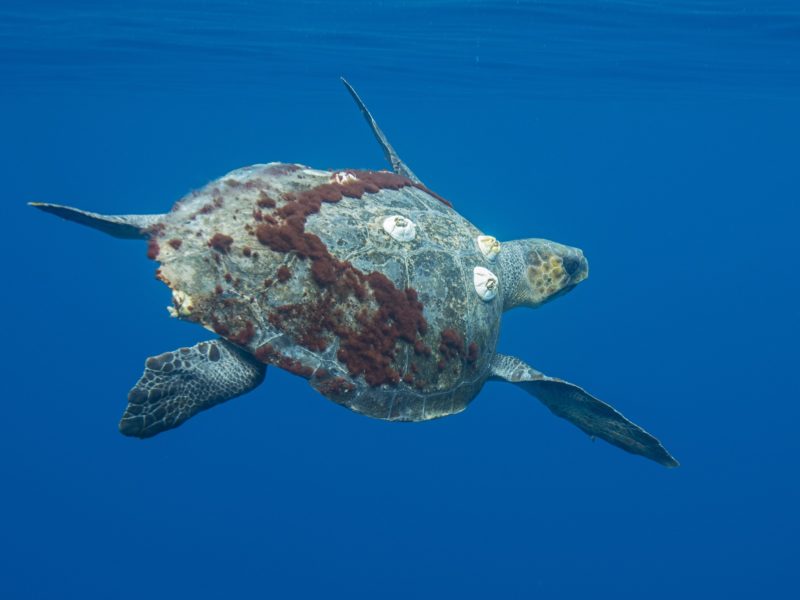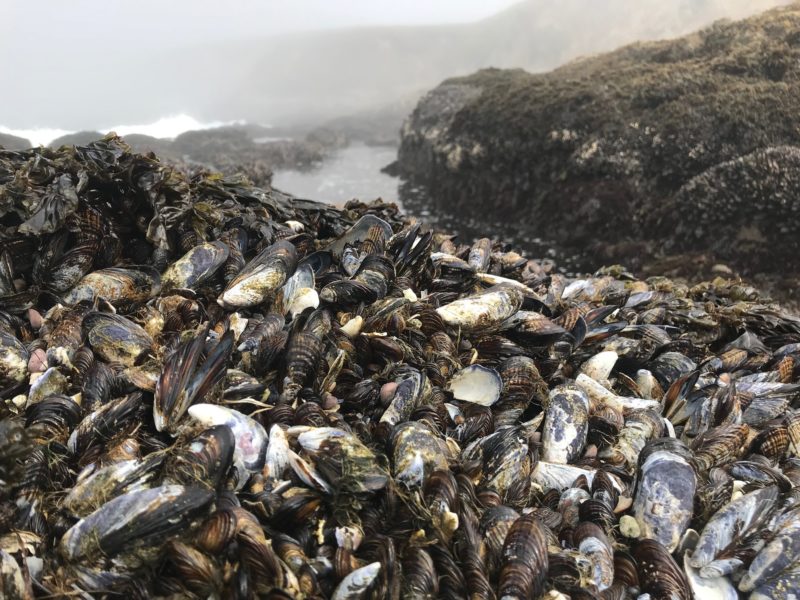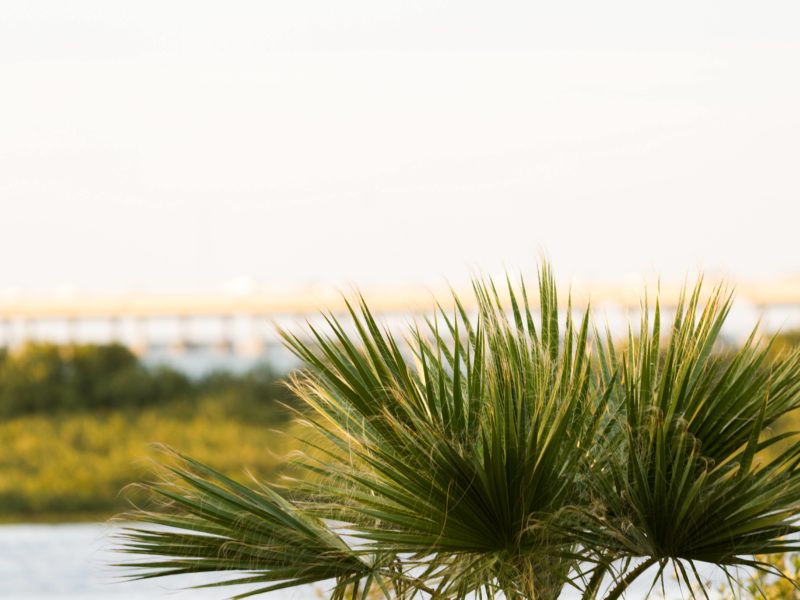Red Tide Appearing In Gulf Of Mexico

Red Tide is sweeping through much of the Gulf Coast of Florida, having killed millions of fish and other marine life, and it could be headed toward Texas, according to a Texas A&M University at Galveston marine biologist.
Daniel Roelke, professor and head of marine biology at Texas A&M-Galveston, said that Red Tide – technically called Karenia brevis – is an algae bloom that produces toxins that can kill fish. So far, it has killed more than 1,400 tons of fish in the Tampa area in the last few weeks.
“Yes, there is a chance the ongoing bloom could find its way here to the Texas coast, but not much of one,” Roelke said. “If it were to happen, the likely mechanisms include accidental release of ship ballast waters containing the red-tide organism and counter currents moving in a westward direction. Regarding currents, the primary circulation pattern off the west coast of Florida is southward, eventually working its way around the southern tip of Florida then northward along the Florida eastern coastline.”
Roelke said the toxins can be deadly to organisms that consume the contaminated fish, such as aquatic mammals, birds and even humans.
In Florida, dolphins, turtles and manatees have died because of the surge of Red Tide.
“The bloom-initiating mechanisms for Karenia brevis are not fully understood, and what we know so far suggests they are complex,” he said. “This is true for almost all harmful bloom-forming microalgae. We do know that once the initiating mechanisms are underway, excessive nutrient concentrations enable the bloom to reach high population densities and to become widespread. That’s when the fish kills begin.”
He added that there are many types of marine organisms affected by toxins produced by red tides. Fish, marine mammals and birds are only the most visible.
Roelke said that it is possible that Red Tide is already present in waters off the Texas coast.
“The red-tide organism has formed blooms in the past along the Texas shoreline,” he said. “Once an organism is introduced to an area, it can remain for a long time, but just at population densities too low for us to detect. So, we cannot say where exactly it might be if it is indeed still in our waters.
“We know that fish-killing blooms here have occurred in the past. That is why Texas A&M-Galveston, the University of Texas and Texas Parks and Wildlife Department cooperatively monitor the Texas shoreline looking for signs of harmful algal bloom-forming species.”
Media contact: Rebecca Watts, 409-740-4840, rwatts@tamug.edu





